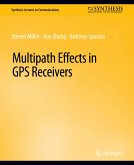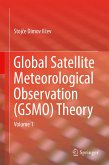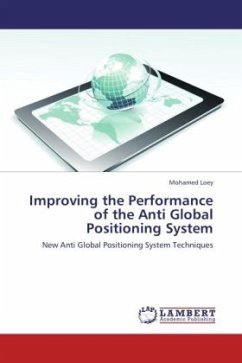The global positioning system (GPS) is a network of satellites and receiving devices that are used to detect the location of objects on Earth. Some GPS receivers are so precise that they can pinpoint their location to within one millimetre (0.4 inches). GPS receivers offer latitude, longitude, and altitude information. GPS is a network of more than 30 navigation satellites circling the Earth. We know where they are because they give out signals all the time. These signals are detected by a GPS receiver in your phone. When the receiver calculates its distance from four or more GPS satellites, it can determine your location. Drought early warning systems benefit from enhanced climate data, soil moisture monitoring, lake and reservoir level monitoring, vegetation growth, and stress monitoring of plants. The fundamental distinction between GPS and GNSS (Global Navigation Satellite System) is that GNSS-compatible equipment can use navigational satellites from networks other than the GPS system, and more satellites equals greater receiver accuracy and reliability. In conclusion, GPS and GNSS are both used in the GPNSS (Global Positioning Navigation Satellite Systems).
Bitte wählen Sie Ihr Anliegen aus.
Rechnungen
Retourenschein anfordern
Bestellstatus
Storno








